Elizabeth W.
TacSat-2 Launch
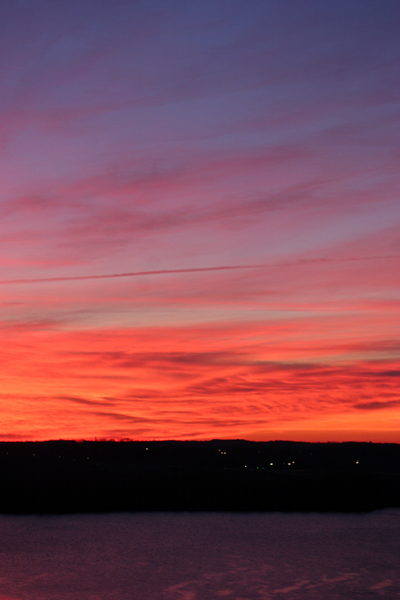
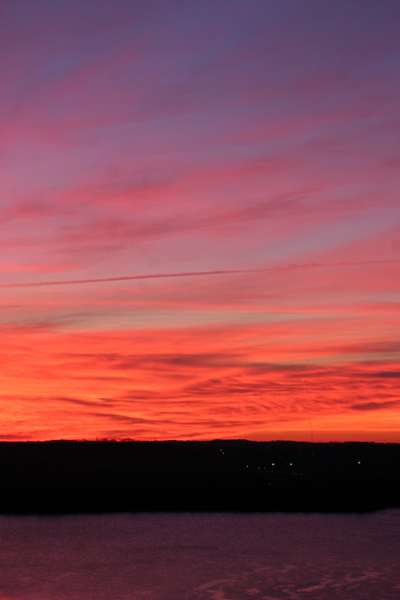
© Elizabeth W.
date: 16 December 2006, 06:59, 07:00
location: Alexandria, VA (balcony)
film: CMOS chip ISO 400 equivalent, f/5.6
exposure: 1/80, 1/100
camera setup: Canon EOS 20Da, 65mm (28-135mm lens)
telescope setup:
comments: Was trying to listen to the webcast, but with the buffering etc, there was a bit of a time lag. Luckily, I was outside and could faintly hear a roar. Whether it was from the rocket or not I don't know, but it made me look and I could see that the rocket had launched. So I started taking pictures! You can see the rocket plume on the right side of the right image above.
original image: IMG_5889.JPG, IMG_5890.JPG
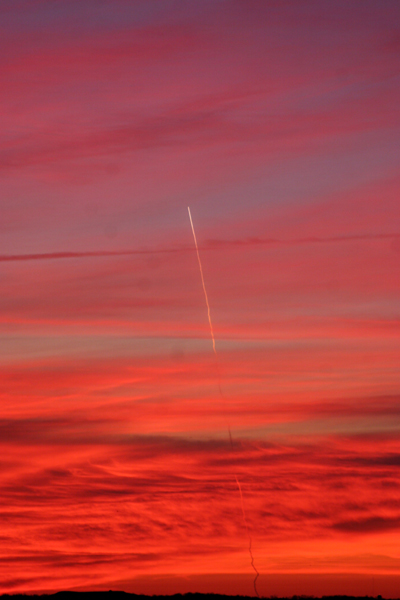
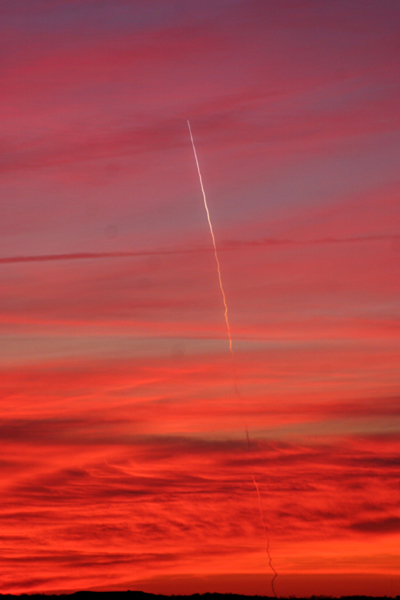
© Elizabeth W.
date: 16 December 2006, 07:01am
location: Alexandria, VA (balcony)
film: CMOS chip ISO 400 equivalent, f/5.6
exposure: 1/125, 1/125
camera setup: Canon EOS 20Da, 135mm (28-135mm lens)
telescope setup:
comments: Just spectacular!
original image: IMG_5910.JPG, IMG_5915
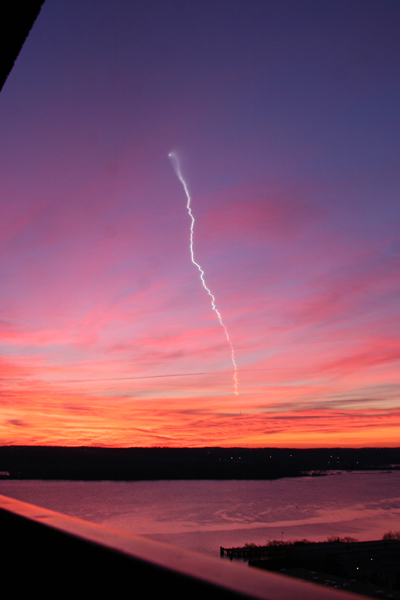
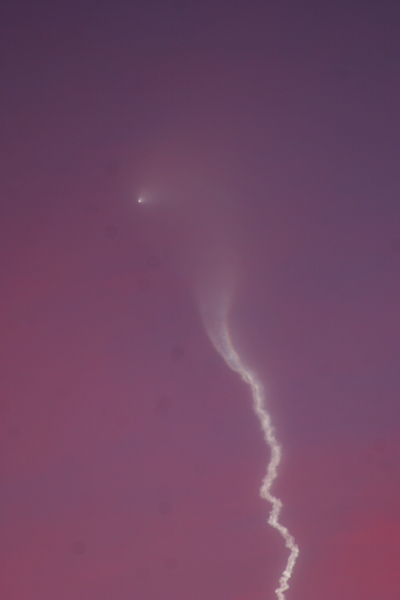
© Elizabeth W.
date: 16 December 2006, 07:02am
location: Alexandria, VA (balcony)
film: CMOS chip ISO 400 equivalent, f/5.6
exposure: 1/80, 1/80
camera setup: Canon EOS 20Da, 28mm, 135mm (28-135mm lens)
telescope setup:
comments: Very colorful with the coming dawn and bright plume.
original image: IMG_5941.JPG, IMG_5942.JPG
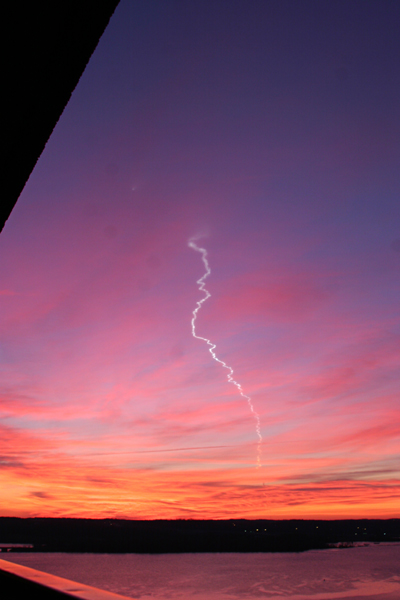
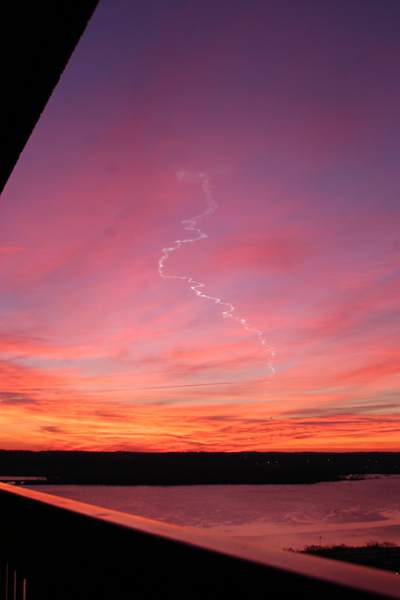
© Elizabeth W.
date: 16 December 2006, 07:03
location: Alexandria, VA (balcony)
film: CMOS chip ISO 400 equivalent, f/5.6
exposure: 1/100, 1/100
camera setup: Canon EOS 20Da, 28mm (28-135mm lens)
telescope setup:
comments: left: You can still see the rocket as a little 'comet' left and a little up from the plume. right: It didn't take long for the plume to get distorted by the winds.
original image: IMG_5947.JPG, IMG_5953.JPG